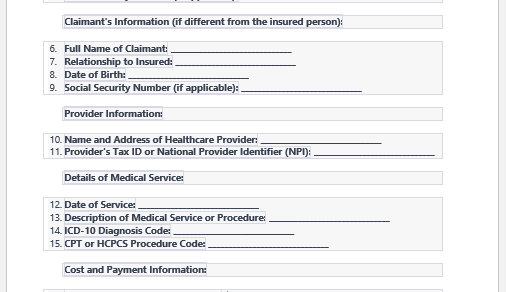Hello to the third trimester! Now it is the 7th month of pregnancy and the countdown begins in most of the mothers’ minds, especially after the 30th week. The baby is now even bigger. The uterus has become more evident, amniotic fluid is increased and pressure symptoms are increasing too. It has become more difficult for the mother to carry out routine activities.
Number of visits
In the third trimester, two weekly antenatal checkups are advised if the pregnancy is normal and there is no risk in the pregnancy identified in previous visits. However, if any high-risk pregnancy is identified, for example, diabetes, hypertension, anemia, placenta previa, accreta or any other systemic illness along with that, weekly antenatal visits are to be made. The number of visits from now on can be decided by the doctor.

Sample
The form and its components
The doctor visit form in the third trimester is similar to that in week 20, with slight changes. The diagnosis is already established, and we are mainly concerned with the follow-up and tracking of the problem (if identified).
- Name of the consultant obstetrician or midwife (only in case of normal vaginal delivery)
- Date of the examination/checkup
- Current gestational age of the fetus
- Basic measurements like height, weight, and blood pressure, and their comparison with the previous readings, are used to assess how the vital signs are going in pregnancy.
Presenting complaints
Presenting complaints about a pregnant lady is necessary. The fetus is now viable after 24 weeks and the doctor needs to be very careful about everything that concerns the mother or is a danger to the child. We aim to make it a full-term, healthy, uneventful pregnancy with a good outcome. For this, we ask certain questions from the mother
- Nausea, and vomiting associated with headache or high blood pressure
- Epigastric pain, flatulence, or gastric irritation because now the pressure of the uterus can affect surrounding organs.
- Urinary symptoms like urinary frequency, dysuria, hematuria, and lower abdominal pain.
- Uterine contractions are to be assessed and differentiated.
- Shortness of breath may be a sign of anemia.
- Swelling in the hands, face, and feet
- Backache, vaginal discharge, bleeding, or leaking amniotic fluid.
- Itching on the body, especially the abdomen. (we are concerned about obstetric cholestasis.)
- Mood swings, anger, or any other anxiety. (we get an idea if the patient is likely to undergo post-partum blues).
Examination and investigation
- General physical examination
- Abdominal and obstetric examination: uterus size, presentation, and lie of the fetus, uterine contractions, and fetal heart are assessed. Scar tenderness is also seen if the mother had a previous caesarian section.
- Vaginal/per speculum examination: This can be done only if the patient has relevant complaints.
- Ultrasound for fetal growth and placenta
- Doppler scan and glucose screening, if needed
Tetanus toxoid
The first shot of tetanus injection is given.
Follow-up instructions
They are given information regarding food, medicine, and education on uterine contraction and labor must be started by now. Exercise and walking are also advised. The next visit is planned and advised.
- Medical Expense Reimbursement Claim Form
- Patient Enrollment Form Template
- TB Assessment Form for Employment
- Low-Carb Food Shopping List
- Emergency Prep Kit Checklist
- School Immunization Record Sheet
- Home Health Care Log
- New Patient Intake Sheet
- Discontinued Medication Tracker
- Restylane Consent Form
- Dental Assessment Form
- Nutrition Assessment Form
- Clinical Consent Form
- Physiotherapy Consent Form
- Fibromyalgia Journal


